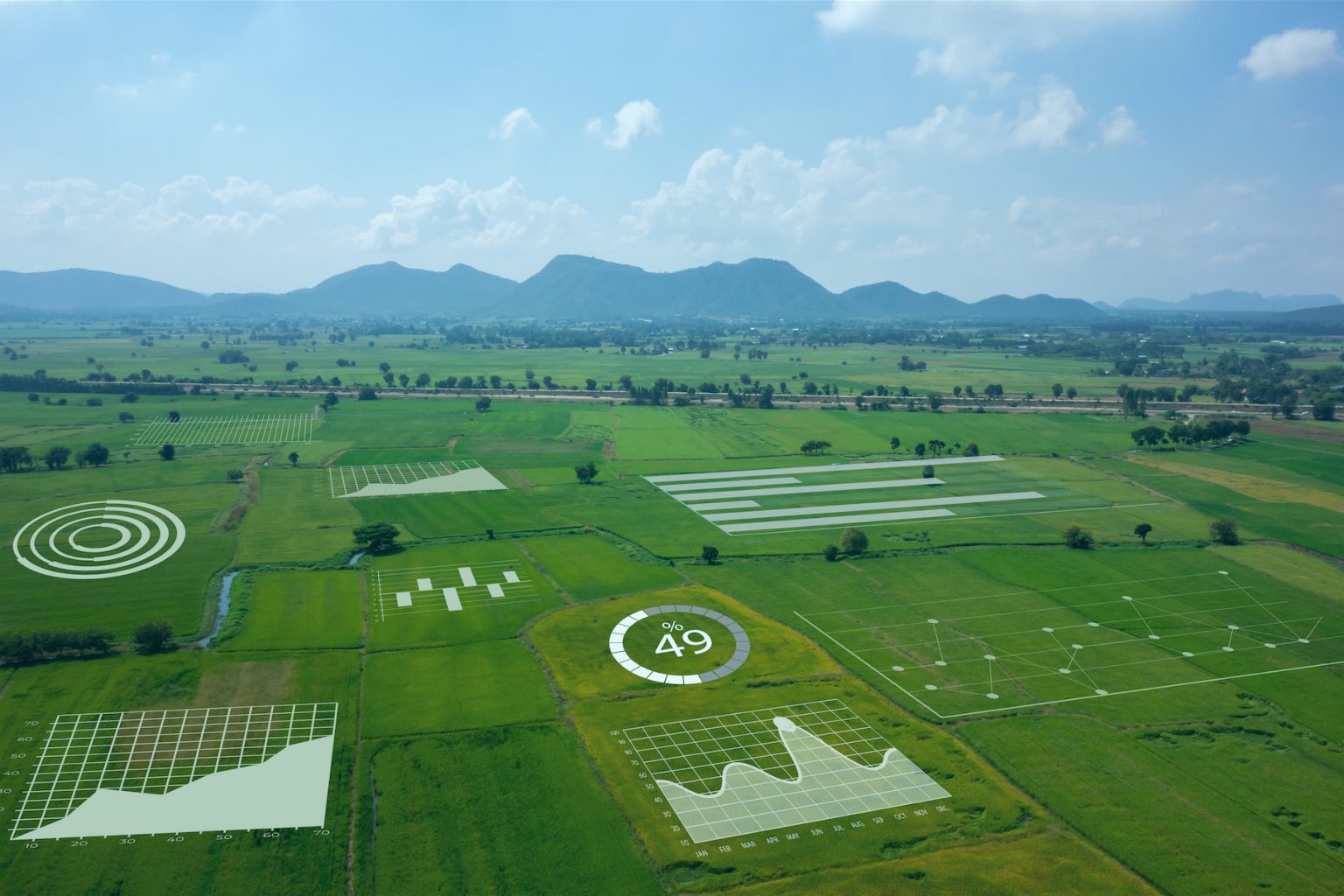Artificial Intelligence & Machine Learning for improved crop yield and pest control
With the increasing global population, it has become imperative to increase agricultural production. Nowadays, more and more countries, cooperative farmers, and even small-holder farmers use artificial intelligence, AI and machine learning to identify methods to improve crop yields and reduce crop losses due to pest infestations and diseases.
What is AI, in simple words?
AI and machine learning are advanced technologies that can transform agriculture by helping farmers make “smarter”, data-driven decisions. These technologies can quickly analyze data from various sources like sensors, drones, and satellites to track crop health, detect diseases, and spot nutrient deficiencies. AI and machine learning algorithms improve efficiency by properly managing crop inputs (e.g., water, fertilizers, etc.). These technologies can also predict crop yields, automate farming machinery/activities, and help farmers decide when to sell their products.
At the same time, AI and machine learning can predict or detect crop problems like diseases and pests in time, helping farmers control them at a minimum cost-efficiently. This means better crop yields and healthier plants. Overall, AI and machine learning can revolutionize farming for the better.
How can artificial intelligence AI be used in agriculture?
Improving Cost-Effectiveness in Soil Analysis
With improving crop yield, artificial intelligence effectively evaluates and understands soil quality. For instance, maintaining the soil pH is essential to increase the per-hectare crop yield. Also, different crops have different needs, with various soil quality and pH values required to thrive. With the help of computerized devices, It is possible to evaluate soil pH levels to ascertain nutrition deficiencies. How? Using mechanical devices for soil evaluation offers quick and accurate results, reducing the need for time-consuming manual testing. It also requires minimal sample preparation, analyzes multiple samples simultaneously, and provides precise information on nutrient deficiencies, optimizing fertilizer application and reducing waste, resulting in cost savings for farmers.
A case study – Analysis of cost-effectiveness with artificial intelligence
Leonardo Menegatti, a principal researcher at InCeres (an agriculture company based in Piracicaba, São Paulo, Brazil), conducted a compelling analysis of cost-effectiveness with artificial intelligence. He analyzed that the standard soil analysis method costs a Brazilian farmer $200 per hectare. However, AI reduces the cost of the same analysis to $40 per hectare, leading to nearly 80% cost savings. Extending the soil analysis strategy to identify an effective watering method is also possible. A soil moisture, temperature, pressure regulator, and molecular sensor can be connected to AI systems to enhance soil conditions and crop yield.
Identifying Pests and Mitigating Pest Attacks on Crops
Artificial intelligence and machine learning can help manage pest attacks. AI-based analysis has helped improve crop yield worldwide. With AI, one can predict possible attack points and identify the best way to manage them. For one, AI can help evaluate the type of attack to expect on a particular crop, such as strawberries susceptible to aphid attacks. Similarly, crops like paddy and wheat are more vulnerable to attacks by larger pests like grasshoppers and rice thrips. The AI systems can have a single dataset containing 75,000 images belonging to 102 categories of agricultural problems. A deep learning framework can be created with the help of a cloud-based AI computing system. This will help to detect and classify the insects. Once done, identifying the pesticides that effectively manage the attack becomes simpler.
Resolving Methods for Pesticide Application in Crop Production
Automating spraying the fields with pesticides is essential for weed and pest control. However, WHO mentions that 20,000 deaths occur yearly due to pesticide poisoning. Hence, a machine learning algorithm can be factored in to control the amount of pesticide applied in the field. AI can use a GPS navigation system to identify the location of the weeds so that the weedicides can be sprayed in the exact areas. Also, AI evaluates which sections of the field require a second application. It is also possible to use intelligent sprayers, which target only areas with excessive growth of weeds. AI-based sprayers will also distribute the pesticides over a given area to reduce wastage. This makes the process both cost-effective and efficient.
Thus, using AI and machine learning in pesticide application involves a two-step process. First, data is needed to help evaluate the best way to apply such pesticides. Once achieved, AI-supported devices make weed and pest control more accessible.
How is machine learning used in crop yield prediction?
AI and machine learning can assist farmers in making better decisions. Farmers can check their actions’ effectiveness and results by looking at previous years’ data, such as how excellent the crops were and how much was produced. These technologies may assist with tasks such as analyzing the soil, dealing with pests, anticipating weather changes, and even determining when agricultural equipment may malfunction. These devices can employ cameras and sensors to monitor soil health, crop diseases, and pests.
Ιmage source: https://smartagrohub.gr/en/home/










































































